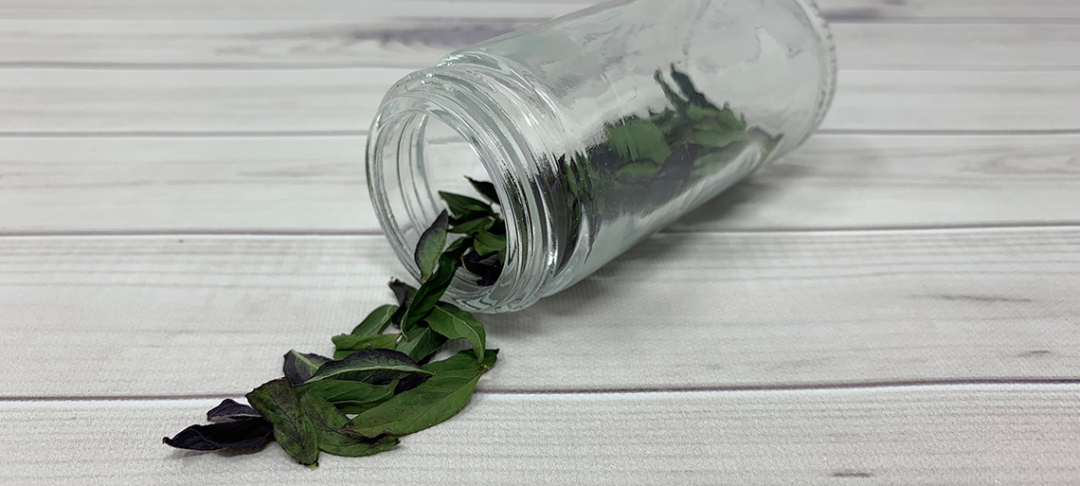Fall is here which means we have to say good to our annual herbs… like basil. Normally I mourn the loss of my favorite herb and that’s that but this year I decided to try drying some basil for the winter.
There are several different ways to dry basil and I’m going to do as many as I have time for but I’m starting with using the microwave because, to be honest, I’m skeptical. I use the microwave for cooking. And if I really need to I’ll even use it for defrosting. But that’s pretty much it. Drying food in the microwave is not something I’ve even considered.
But I’m trying it because I really want to know if it works.
I’m using the directions I found on lovetobeinthekitchen.com (here’s the link if you’re interested) and my tweaked version is below.

One thing Becky didn’t mention (or maybe it just didn’t happen to her) is that if the basil has quite a bit of moisture inside it will “pop” during the first 20-30 seconds of microwaving. After doing multiple batches I think this is normal. Just let it keep going and then rearrange as needed if any of the basil has “hopped” over on top of another leaf or off the paper towel.
Another thing I did was that for larger leaves that weren’t very flat I would rip them in half down the center. This helped them lay flat on the paper towel and seemed to make them dry more evenly.
I tried this for both regular sweet basil and for Thai basil and it worked great for both. My Thai basil plants have rather small leaves so they dried pretty fast.

Remove the leaves from the stems. Wash and dry thoroughly. On a paper towel, arrange as many leaves as will comfortable fit in one layer without touching. Microwave for 20 seconds and then check. Continue microwaving in 20 second intervals until leaves are completely dry and brittle. Crumble leaves into an airtight container (or leave whole). Store away from heat and light for up to 3 months. During the first 20-30 seconds of microwaving the basil may "pop". Keep microwaving as usual and rearrange leaves as needed.Drying Basil - In the Microwave
Instructions
Notes






